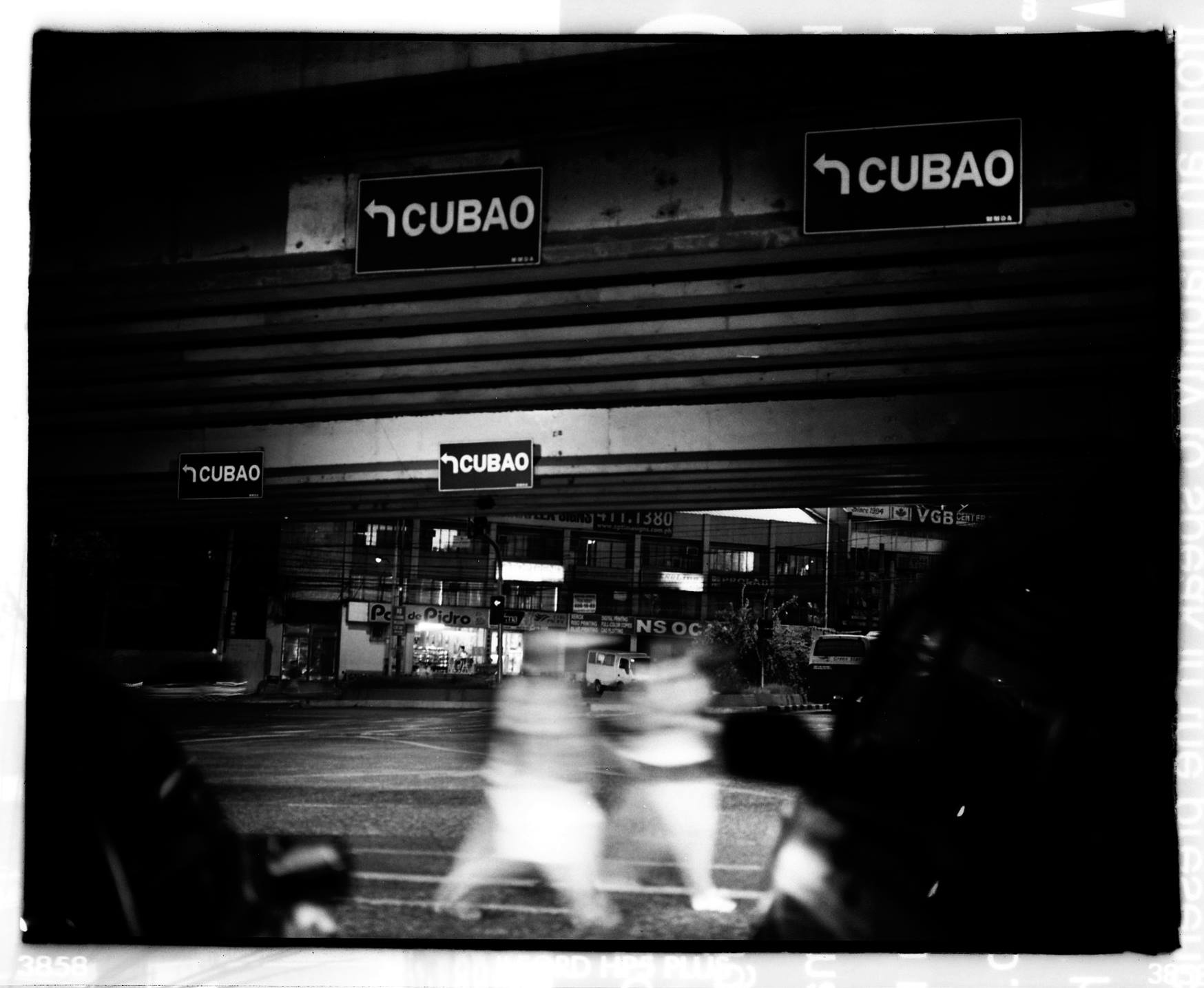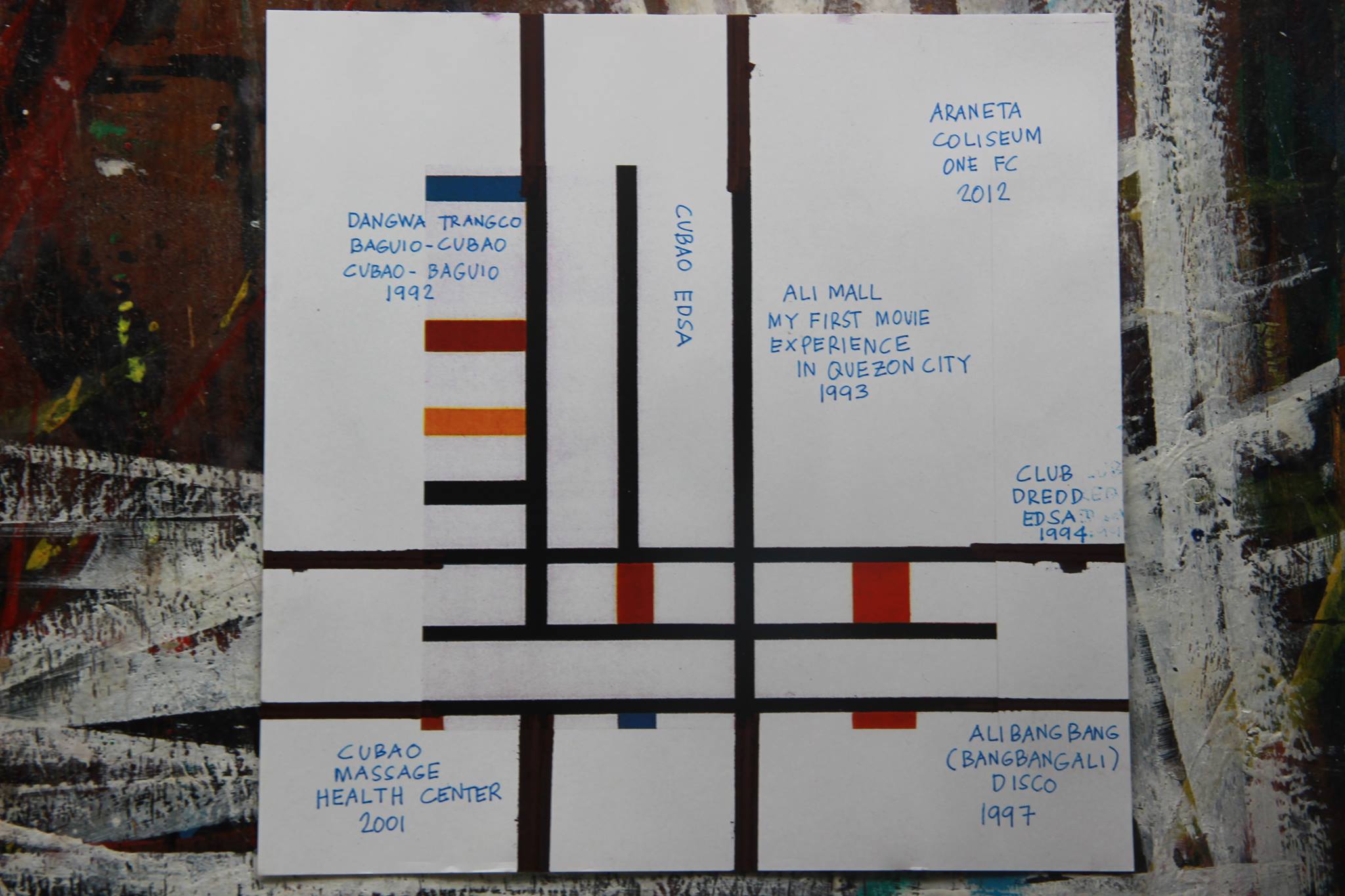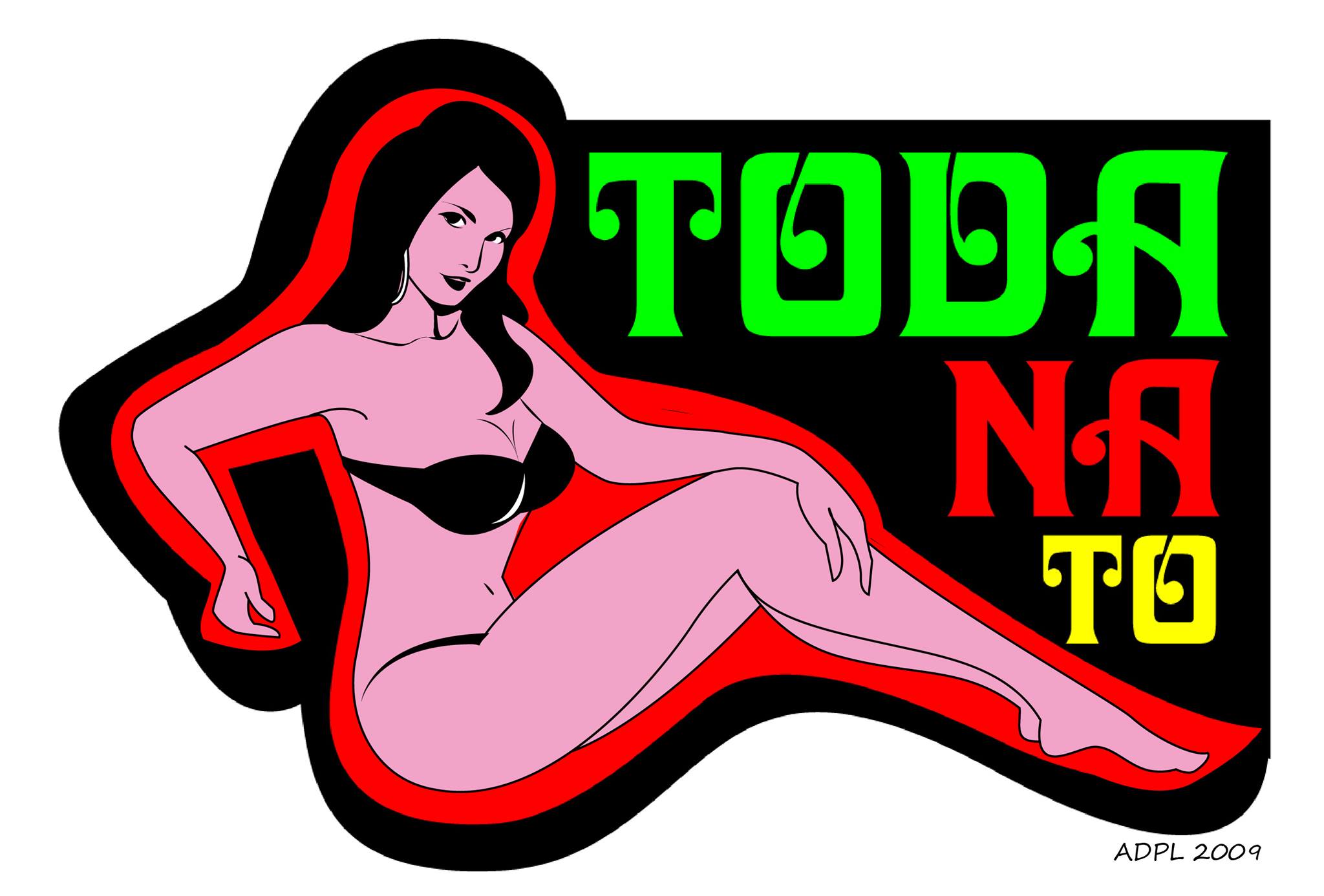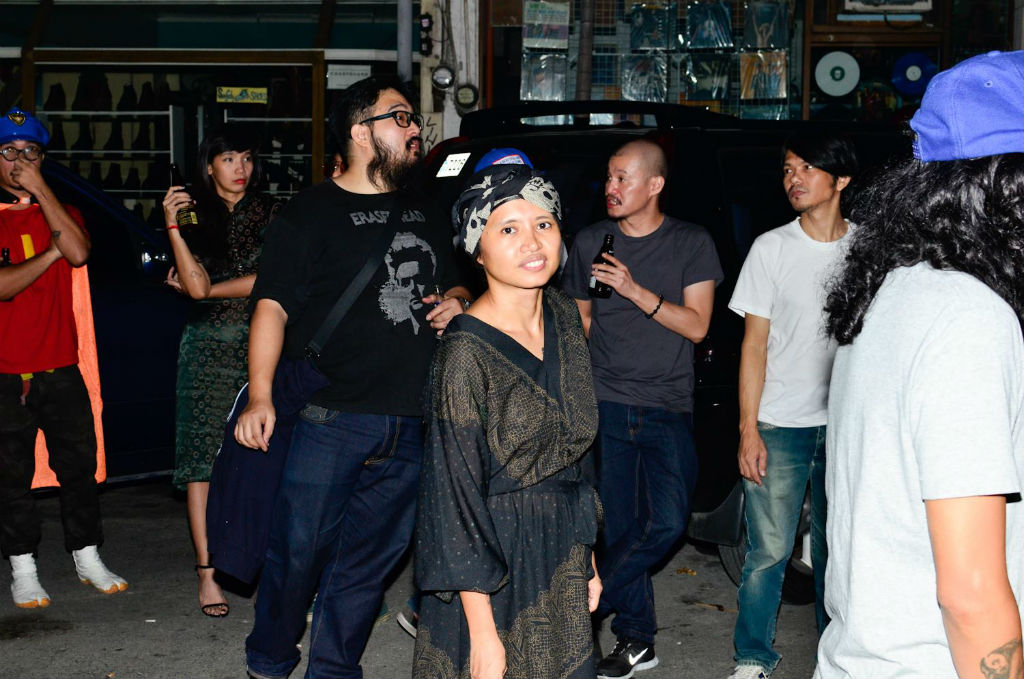Maybe it’s because she’s now 40 years old and has become sentimental, or perhaps it’s the high-rise condominiums that have been popping up in Araneta Center, making it unrecognizable from three years ago.
Whatever it is, there’s something about Cubao that’s made Lena Cobangbang, an artist and currently the exhibition coordinator at Post Gallery, very nostalgic.
It has inspired her to embark on an interesting project, “Cubao Biennale Zine Project,” which she envisions to be a collection of people’s memories about the commercial center.
The zine will include drawings, comic strips, hand-drawn maps, diagrams, photographs, literary pieces, essays and reports about Cubao from people who have lived, worked or hung out there. Lena calls it “archaeological archiving.”
“Despite the constructions and so-called improvements being made in Araneta Center now, the surrounding areas remain mired in stench and filth, making Cubao a veritable paradox, which probably is its lingering charm, which makes one love or hate the place,” she tells Coconuts Manila.
“I’ve spent some time working and living in different parts of Cubao, I saw how it all changed, and how some have remained the same or have been left to decay further. The renovations/constructions are rapidly being done that I’ve felt that, somehow, a record must be made of what it was before, before everything becomes forgotten too,” she adds.

Since June, Lena has been asking people to submit material about what Cubao means to them.
One contributor who’s old enough to have seen Aguinaldo’s writes about the classy department store, while a younger writer chronicles Cubao X, the party hangout that used to be called Marikina Shoe Expo.
“Not a lot have submitted,” she says. “Maybe because it’s a real effort to remember as well as get easily distracted by what’s new.”
Lena still expects more contributions from friends and people who worked in Mowelfund film institute and now-defunct Jingle, the magazine that published lyrics and chords to songs that turned out to be protests against martial law in the 1970s.
Someone’s already offered to help her with the layout and design. By November, she hopes to start distributing the zine for free.
Araneta Center, or what we loosely call Cubao, is located in a 32-hectare commercial estate. It was an empty fields until 1960 when Araneta Coliseum was opened by Don J. Amado Araneta. Manileños were looking for the next big thing after Escolta and Quiapo, and Cubao gave them that.
Its peak was from 1966 to 1975, until it was undermined by another development a few kilometers away, Makati, according to Philippine Star columnist Nelson Navarro.

In its glory days, Cubao was known for the COD Department Store and its mechanical Christmas display. Araneta Coliseum, also called the Big Dome, has hosted superstars from around the world, including the recently departed boxer Muhammad Ali.
In the 1970s, it became a favorite hangout of students from the University of the Philippines, Ateneo de Manila and Maryknoll College. According to Navarro, the young Americanized crowd gathered at the A&W drive-in restaurant where Farmer’s Mall now stands. Chocolate House and Cup & Saucer used to house young professionals after watching a big show at the Big Dome.
Many of the contributed material to Lena’s zine so far, thankfully, aren’t just about Araneta Center.
They are also about living in its surrounding areas.

Bru Sim, one half of Electrolychee, a graphic design and illustration studio, submitted an illustration about his experience watching a low-budget gay beauty pageant in crime-infested Bgy Soccoro.
“Annie Lumbao made a comparative analysis of Cubao’s structures, its street plans, its cacophony of fonts and typography found on cinema billboards, carinderia signages and on jeepneys and tricycles, and how these all schooled her early on in vernacular graphic design,” says Lena.
Zeus Bascon gave drawings with anecdotes about living on Yalé Street, one of the busier Cubao streets located near the girly bars along Aurora Boulevard.
Lena herself might write about her memorable experience in Cubao, such as her first time to go to a girlie bar (called Flirt) on a date with her ex boyfriend, or that time when she witnessed firsthand a taxi driver getting beaten up in front of the barangay hall on New York Street because he allegedly hit a grandmother and her companion.
“One man who joined the melee was still carrying a plate of rice, so the taxi driver ended up with grains of rice on his face. Even the car’s windshield was broken,” she recalls.
The zine hopes to document and point out the significance of Cubao not just to Quezon City or Metro Manila, but to the country.
What makes Cubao special? Many things, says Lena. She points out that many Filipino movies from the 1970s and 1980s were shot either in Cubao or Ali Mall. It’s popular with groups of friends, family, lovers, and lonely souls.
“Everyone passes through Cubao, whether they’re going to the province, taking the LRT or MRT, riding the jeep, FX or bus, or going to Marikina, Divisoria, Malabon or Makati. Cubao is like the center of Metro Manila, but you can’t call it the heart of the metro, it’s more like the intestine, a long convoluted tube that is home to many things, from wholesome entertainment to adults-only.
“What they all have in common is that they are not pretentious. When people say you’re a Cubao person, that means you’re wise and practical.
“Cubao is like a state of mind, an icon, a landmark of our generation’s and past generation’s childhood, hence it’s a signifier of a lot of memories – good and bad ones.” With reporting from Bernice Labad
Do you have a memory of Cubao worth sharing? You can visit this Facebook event page for details.




